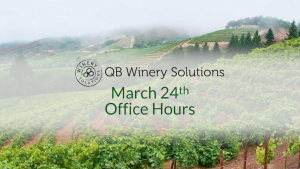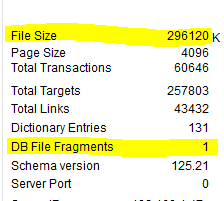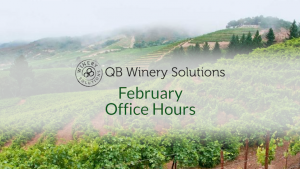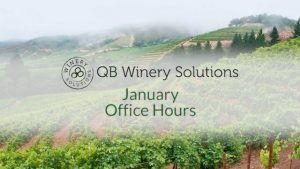Recently, we seem to have settled into a new ‘normal’ in dealing with the COVID-19 situation. My team and I empathize with your frustrations regarding being quarantined (even us hermits are getting cabin fever!) while managing the uncertainty surrounding what the future holds (3 weeks? 8 weeks?).
Even if you are not in one of the five states that have mandated closure of wine tasting rooms, small family wineries everywhere have watched their sales come to a halt. Sadly, this comes at a time when many of us have had to put our social lives on pause as well.
What are you planning to do with all of this extra time?
- Untangle that pallet of wine?
- Catch up on your filing?
- Take an eCourse that has been lingering on your ‘to-do’ list?
If option #3 is your FIRST choice, I have an offer for you:
We have created a new FREE limited time only club membership: The Copper Club. Copper Club members have access to everything on our website that was previously only available to Silver Club members:
- Our foundation course: How to use QuickBooks in the Wine Industry
- For the excel nerds: How to Calculate the True Cost of your Wine
- Our new course: The Costing Book Checklist
- Plus all mini-courses and ‘quickies’
Copper Club members may also post questions in the Forum. Our experts answer these questions. These are not crowd-sourced, so you don’t have to guess if the answer is correct!
If you’ve ever considered joining, this may be a great time to check out just a few of the benefits our Silver Club members enjoy year round.
Is your wine glass half full or half empty? We hope a limited time free membership makes it half full. Please share this post with your wine industry friends.





